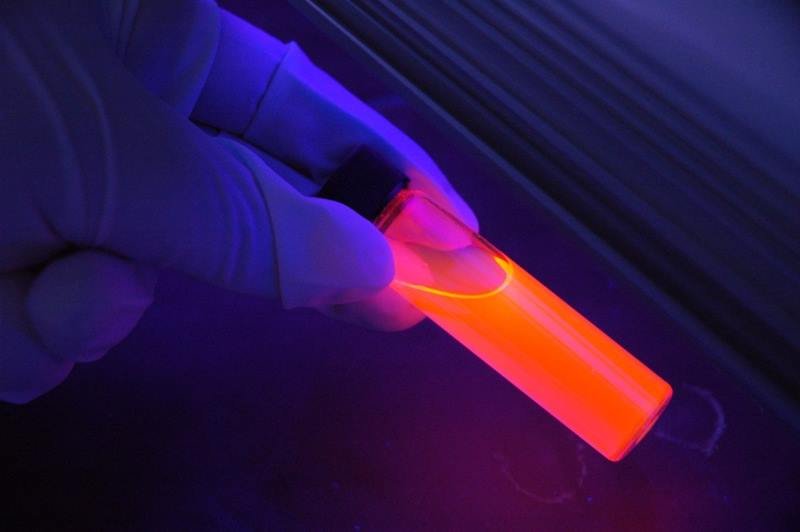Topics
1. The job of the forensic chemist is to identify materials and trace their origins
2. Analysis of organic material can distinguish plant and animal material
3. Because proteins are a major structural and metabolic component of all living organisms, the analysis of protein samples can be useful in forensic chemistry
4. DNA is an important compound found in all living things and is a most useful identification molecule
5. Much forensic evidence consists of very small samples and sensitive analytical techniques are required
6. All elements have identifiable emission spectra and this can be used to identify trace elements
Contextual Outline

A biologist asks for confirmation of a long-held view that two similar groups of organisms have evolved from a common ancestor in the near past. A physicist wants an explanation for the different spectra obtained from two apparently similar stars. The earth and environmental scientist wants to know why trees are growing well at one site and the same species is dying off at a similar site close by. Local council authorities want to trace the source of the chemical that caused a fish kill in the river downstream of a park used by the general public.
All of the above and others from palaeontologists to plumbers, from investors in oil to investors in jewellery, will ask chemists to identify materials. From engineers faced with identifying the cause of road slippage to specialist art restorers, technicians will ask chemists to describe and explain the qualities of molecules involved in their work. The signature shapes, compositions or behaviours of chemicals are useful tools in solving many problems faced by people in all sectors of our society.
Forensic chemists work within the general field of analytical chemistry. They will be asked to work through samples, analyse compounds and mixtures to identify the trends or patterns in evidence and draw conclusions from a wide range of investigations. The accuracy of the forensic chemist’s analysis is crucial and after the analysis and problem-solving is completed, the forensic chemist must also have the skills to select and use reporting styles that appropriately, as well as accurately, communicate the information obtained from the evidence.
This module increases students’ understanding of the applications and uses of chemistry, the implications of chemistry for society and the environment and current issues, research and developments in chemistry.
